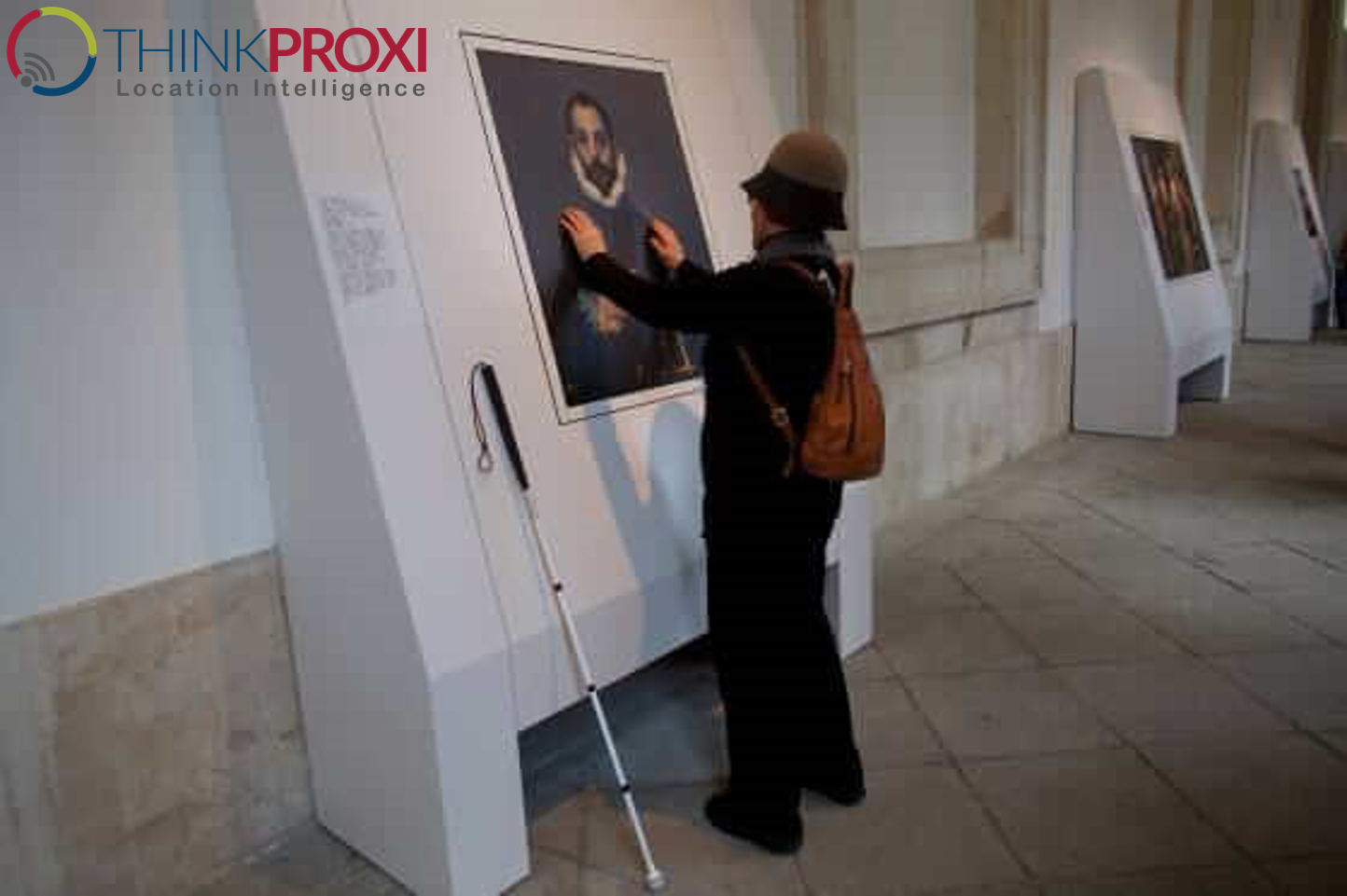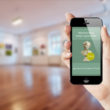How Beacon Technology in Museums Empowers Visually Impaired Patrons
6623 Views
Experiencing a museum is best when the visitor engages multiple senses. Seeing, hearing, and touching the exhibits offers a premium, three-dimensional event that is informative and memorable. However, not all patrons have the ability to take in a museum’s offerings with all their senses. For the visually impaired, there needs to be other ways to connect with the information a museum provides.
Museum decision makers know there is a good chance they will be welcoming a visually-impaired visitor on a regular basis, as many people live with the condition. The World Health Organization estimates that 246 million people have low vision and 39 million are blind.
Failing to properly serve patrons who are vision-impaired leaves out a segment of consumers who may otherwise greatly enjoy your exhibits and attractions. But how do you create an environment where they can interact and enjoy the museum as much as their full-vision counterparts?
One way to reach visually impaired visitors and help them achieve a memorable, interactive museum experience is through Beacon Technology.
Beacons are tiny computers that can be placed anywhere, both inside and outside. They operate on Bluetooth Low Energy (BLE) and “talk” to smart phones that are close by (between 5 and 150 feet). Beacons can be loaded with a variety of information and then, once a consumer downloads an app and comes into proximity with the beacon, share it with the visitor. Beacons facilitate a richer customer experience and a more robust visit through information “pinged” directly to the person’s phone.
Implementing Beacon Technology in museums opens up a new avenue of reaching and catering to low vision or blind patrons in three key areas…
#1: Creates a story with words. Unlike readable signs that patrons peruse, beacon technology shares information about an attraction or exhibit directly to a person’s phone. It’s not limited by space. Content can be used to accurately describe the exhibit in colorful language so that it comes to life in a person’s mind, whether they can actually see it with their eyes or not. In addition, interesting snippets that correspond to the exhibit can be added and digested by all patrons. Some examples would be songs, old letters being read, and quotes. These types of activities, made possible by beacon technology, cater to all patrons and make the attractions more accessible and inclusive to everyone.
#2: Guides them through seamlessly. Consumers with vision issues still want to be as independent as possible, and beacons help them do this. By creating a voice tour, beacons guide them from beginning to end and advise them where to stop and which direction to walk. They can even show them where the exits and restrooms are located. Vision-challenged patrons who would otherwise be forced to bring a companion or request a museum employee to accompany them can navigate on their own with the help of beacons and their smart phones.
#3: Assists in equipment management. Sure, a visually-challenged person could ask for headphones or a tablet to help them tour the museum. This isn’t as optimum as beacon technology. First, regular museum headphones or other touring equipment can’t track where the visitor is, so the guidance isn’t as customized as with beacons. One wrong turn and the visitor will be lost, which won’t help in creating a positive customer experience. Second, some equipment is difficult for even full-sighted people to figure out! A vision-impaired person may have problems getting the headphones to work correctly, which would be frustrating. Giving them the option of downloading an app directly on the smartphone they use every day is an easier, less stressful experience. This results in helping them interact at a greater degree, stay longer and enjoy their visit in a more satisfying fashion.
Beacon technology in museums offers a wide array of benefits that help engage and interact with all patrons. It holds special perks for the visually-challenged guests. Creating a rich, completely customized user experience is possible with beacons, and that, especially when used in tandem with other, touch-oriented exhibit options, gives the ability for vision-impaired people to enjoy exhibits and attractions just as much as full-sighted patrons.
Have questions about how using beacon technology in museums can help you serve your vision-challenged visitors and customize and enrich their experiences? Contact ThinkProxi today and one of our experienced professionals will be happy to consult with you on your specific needs.

